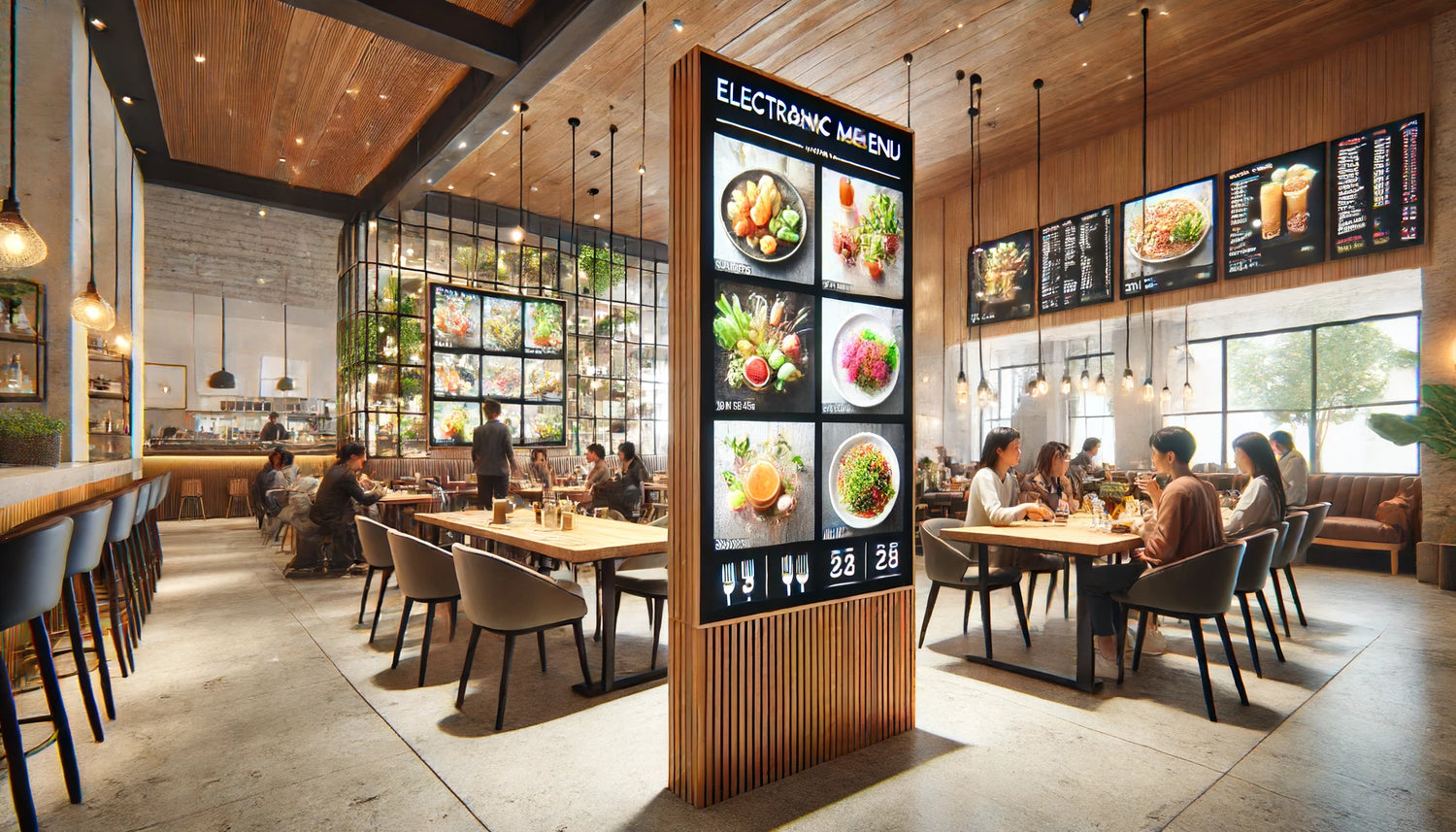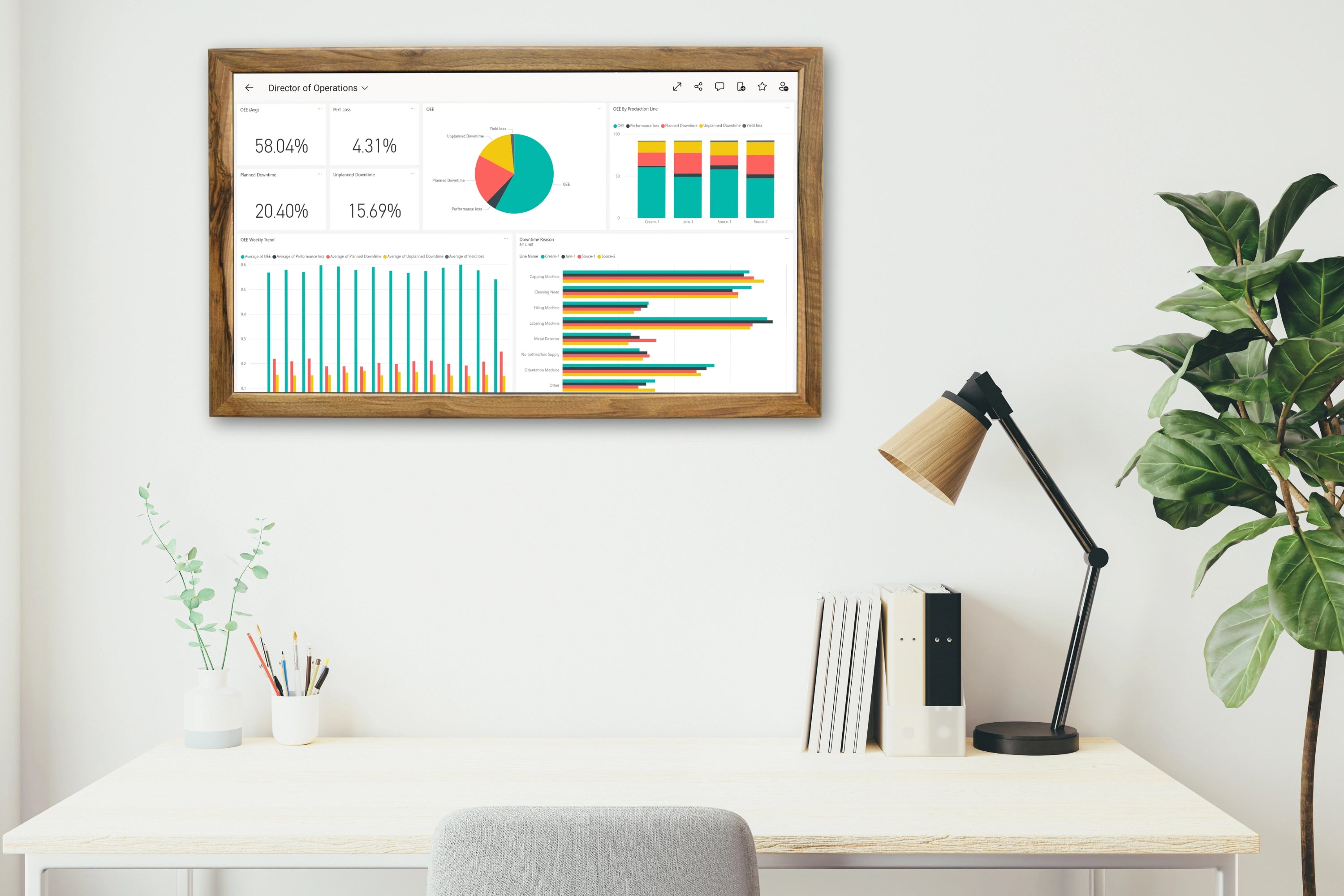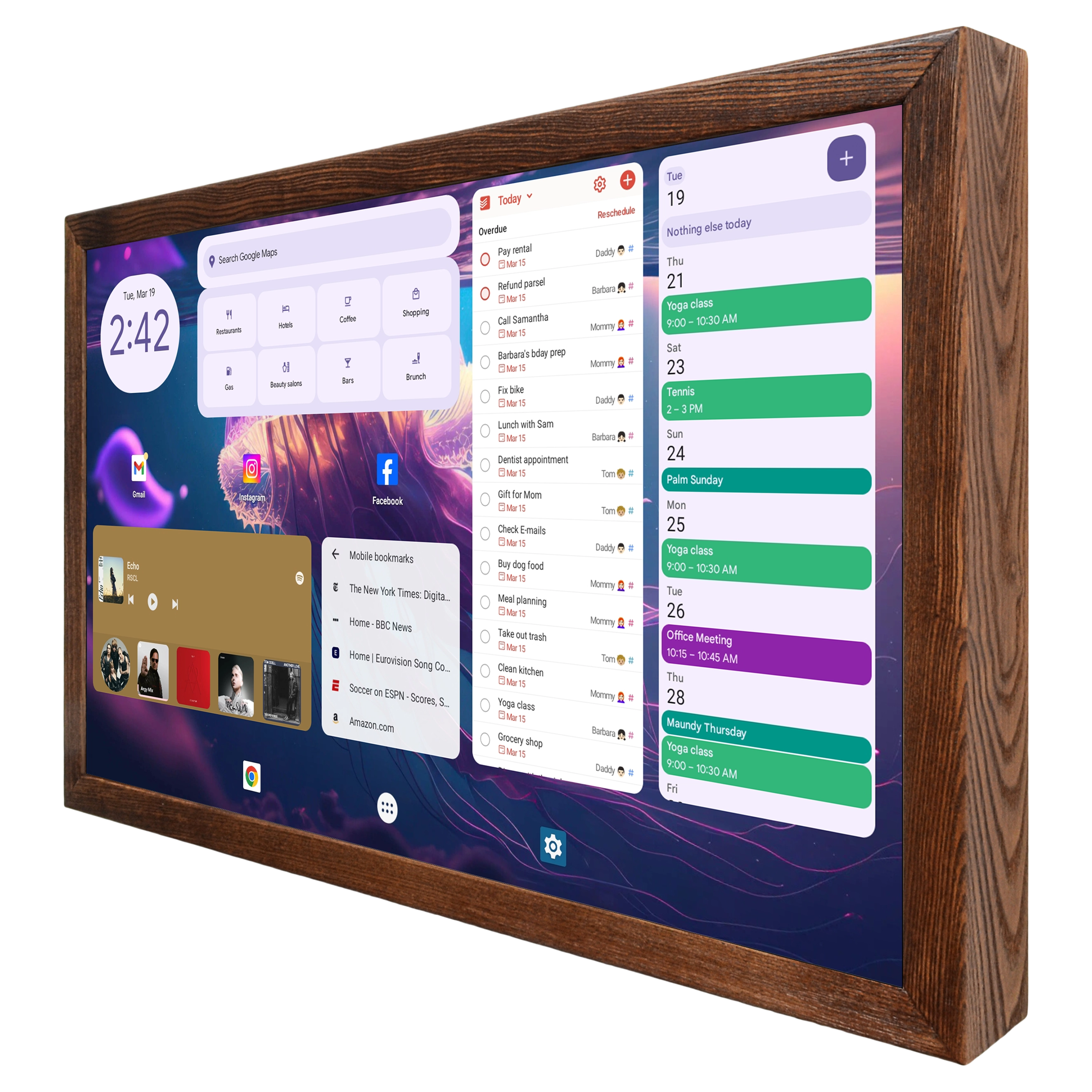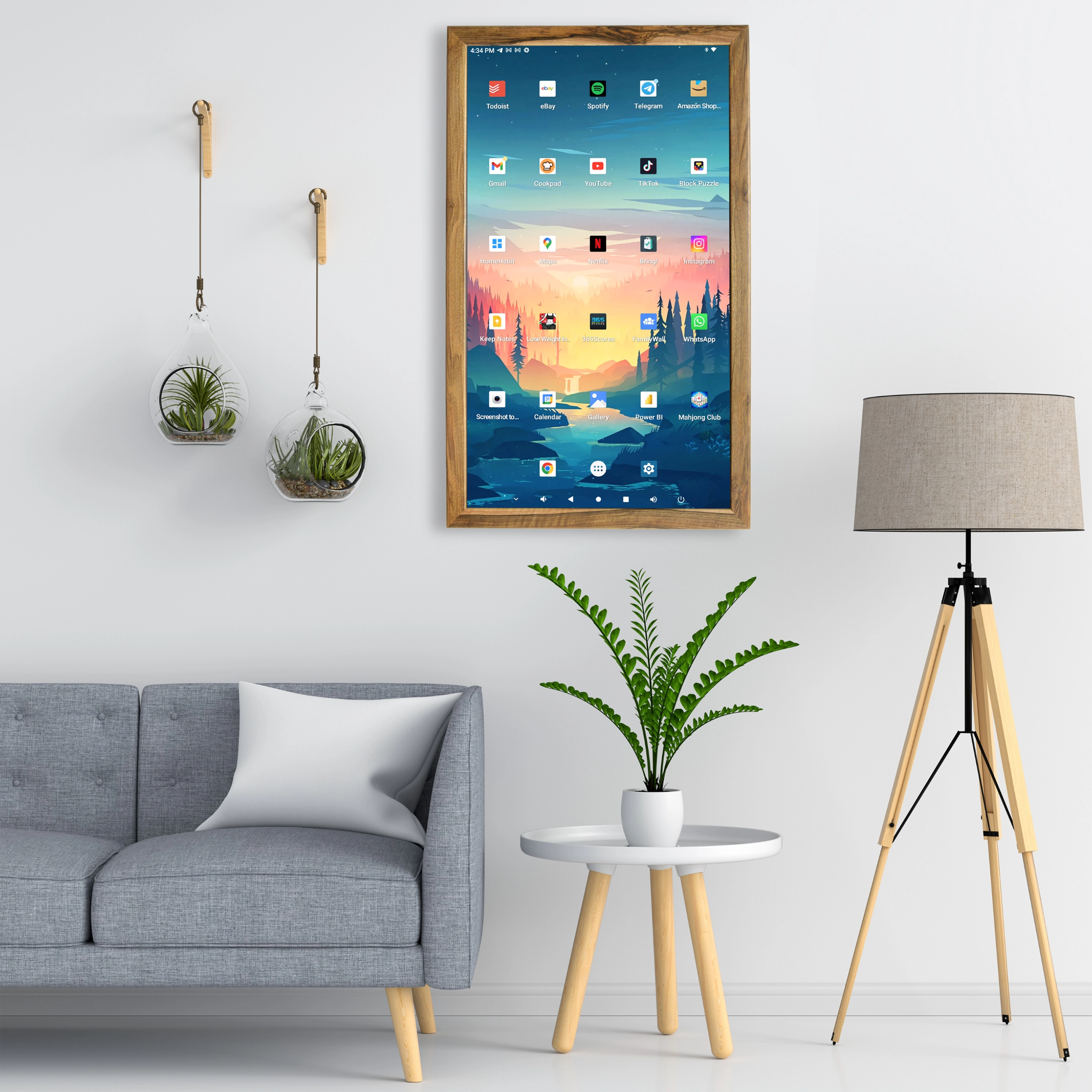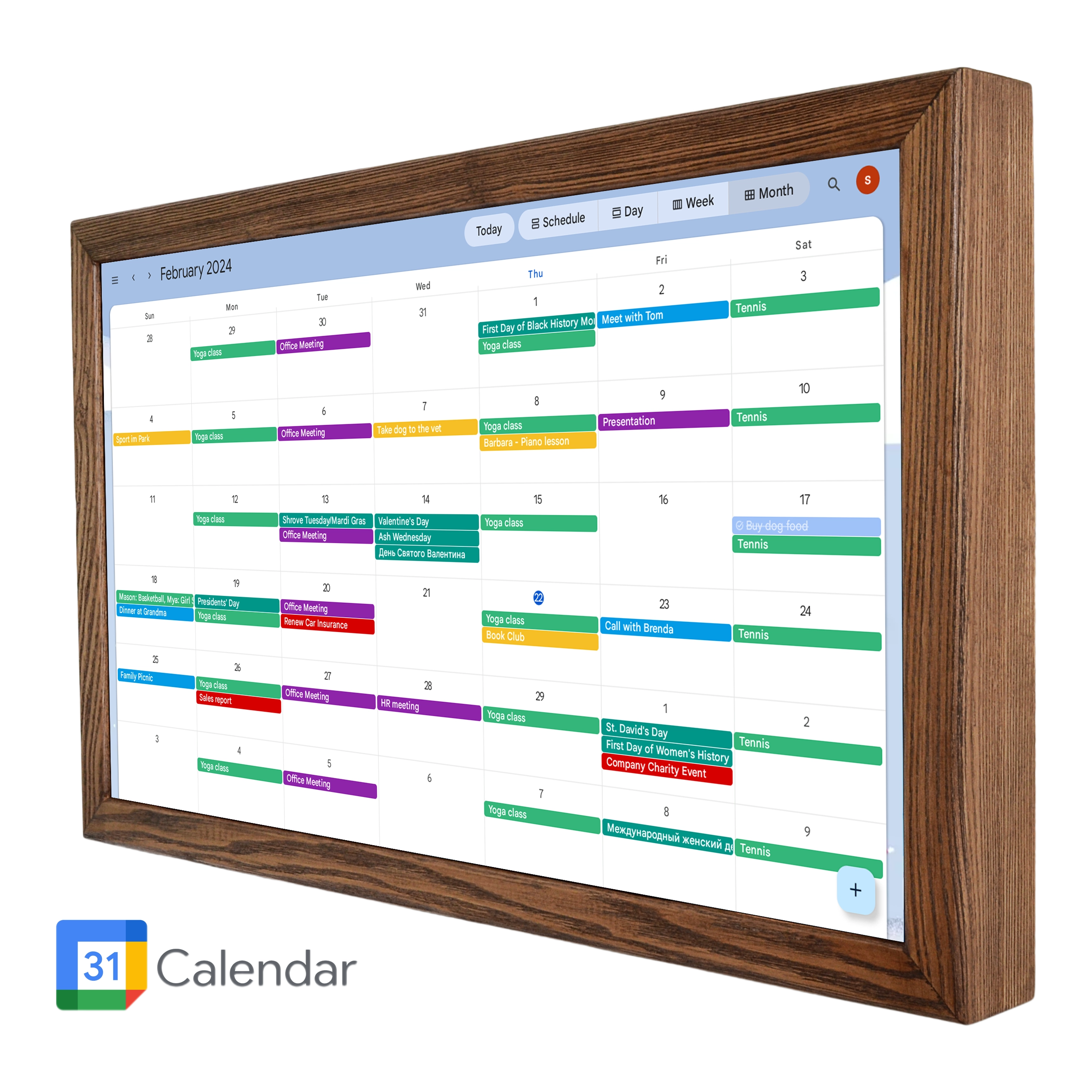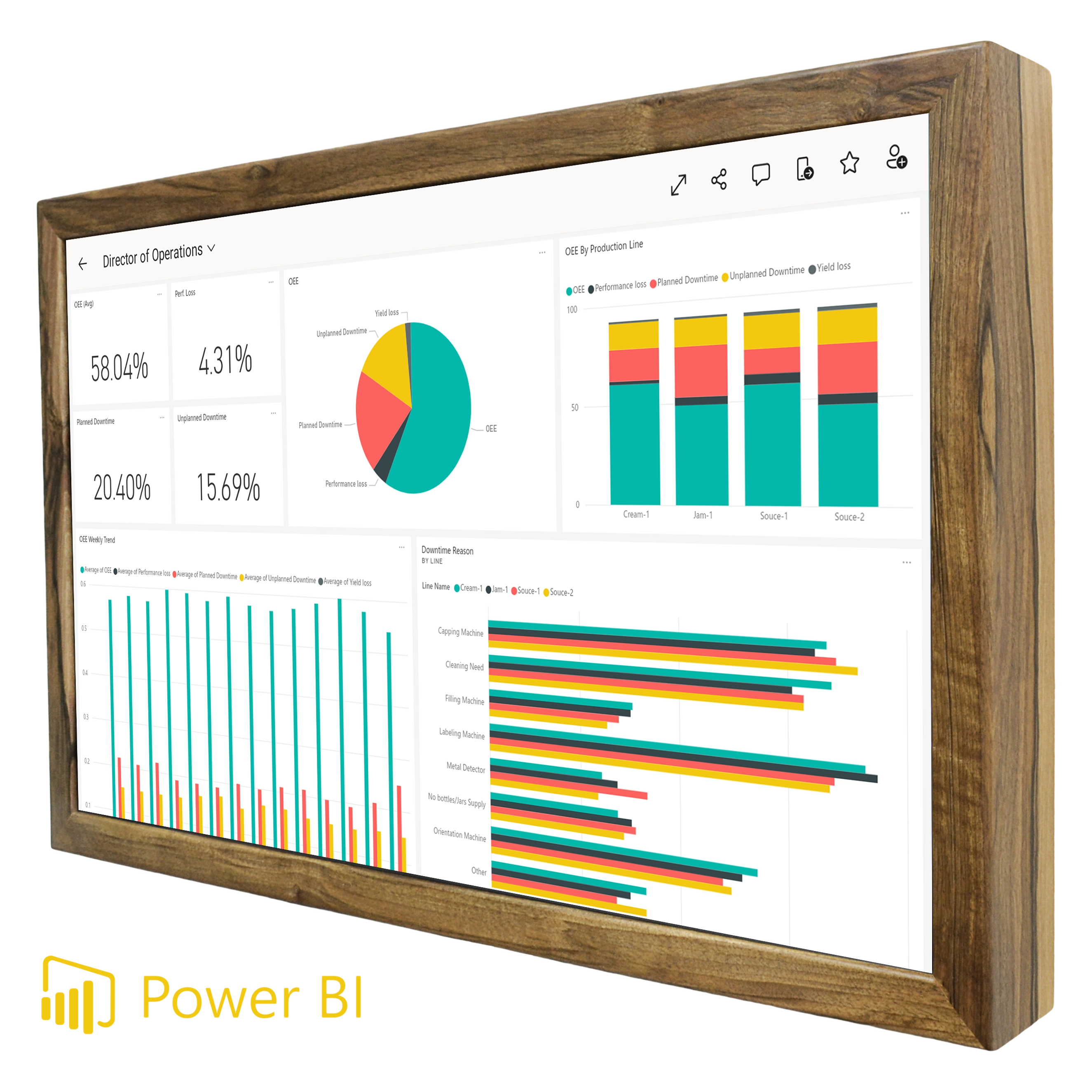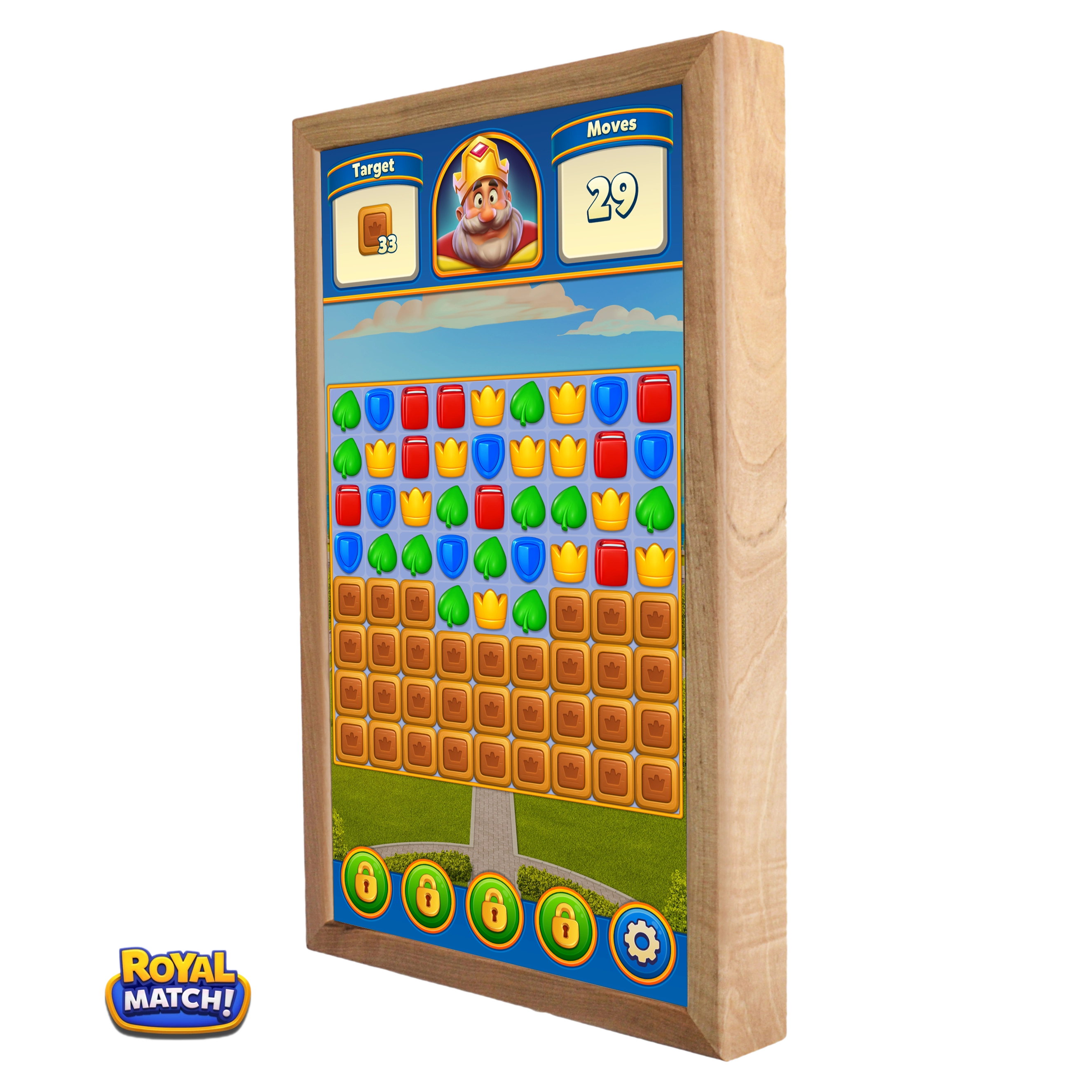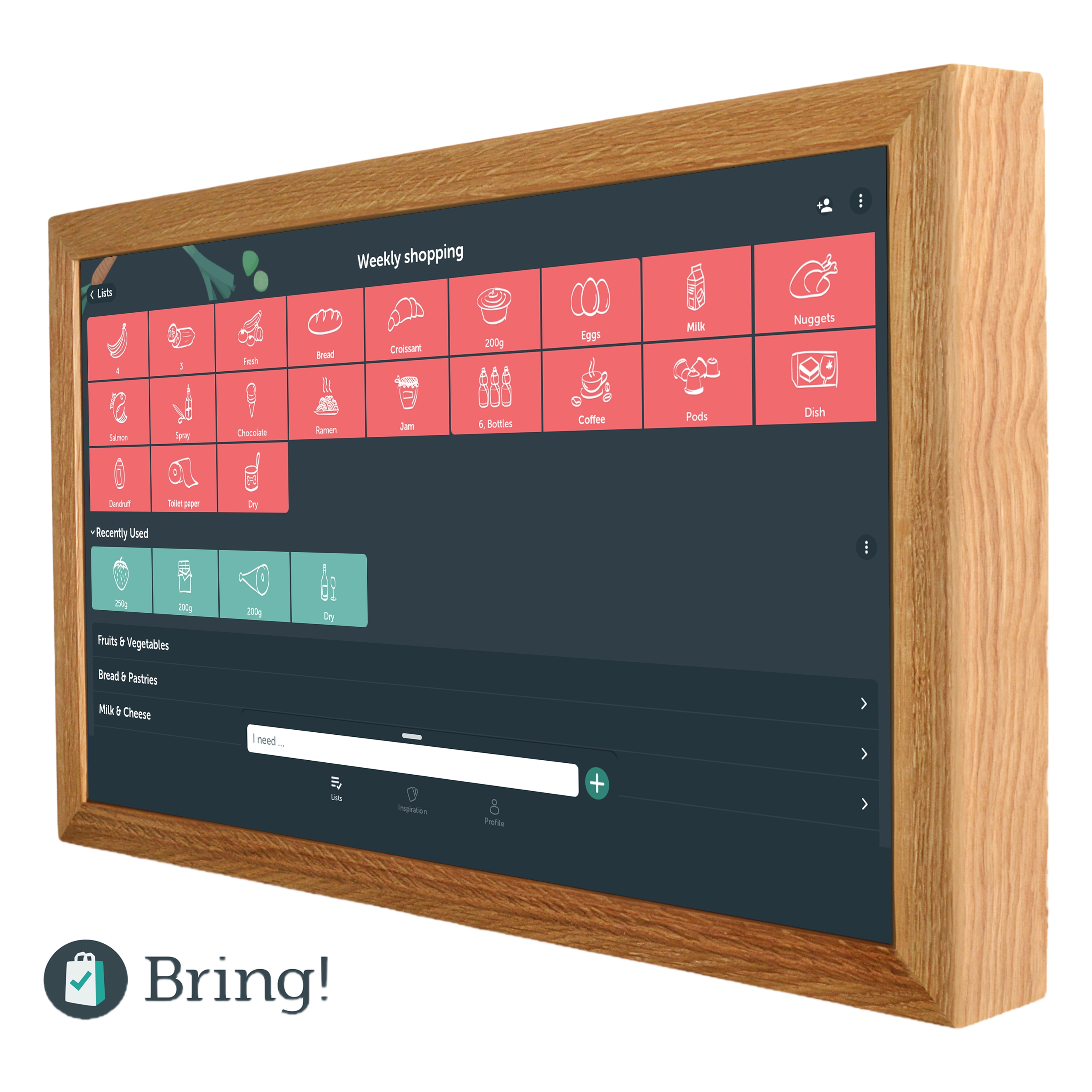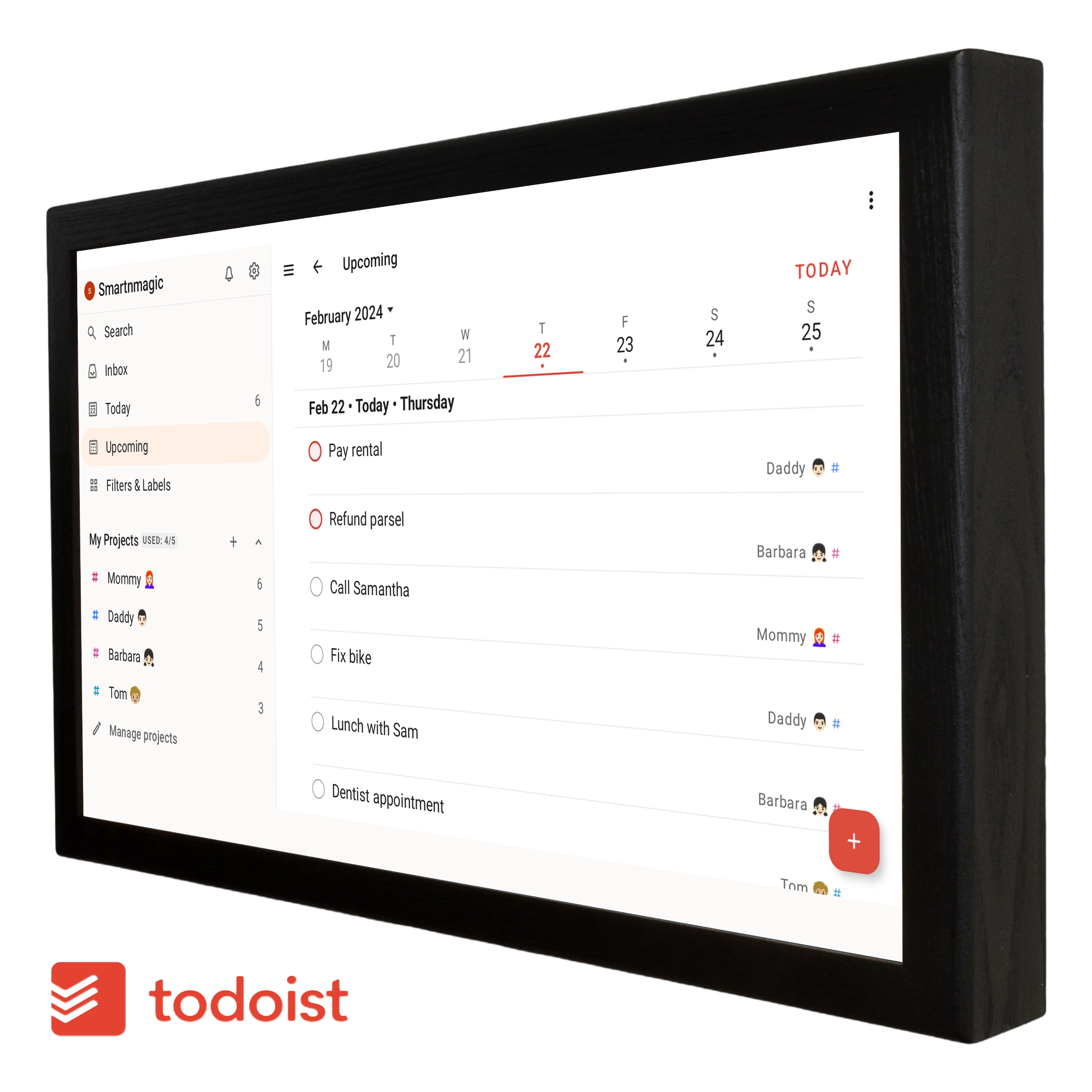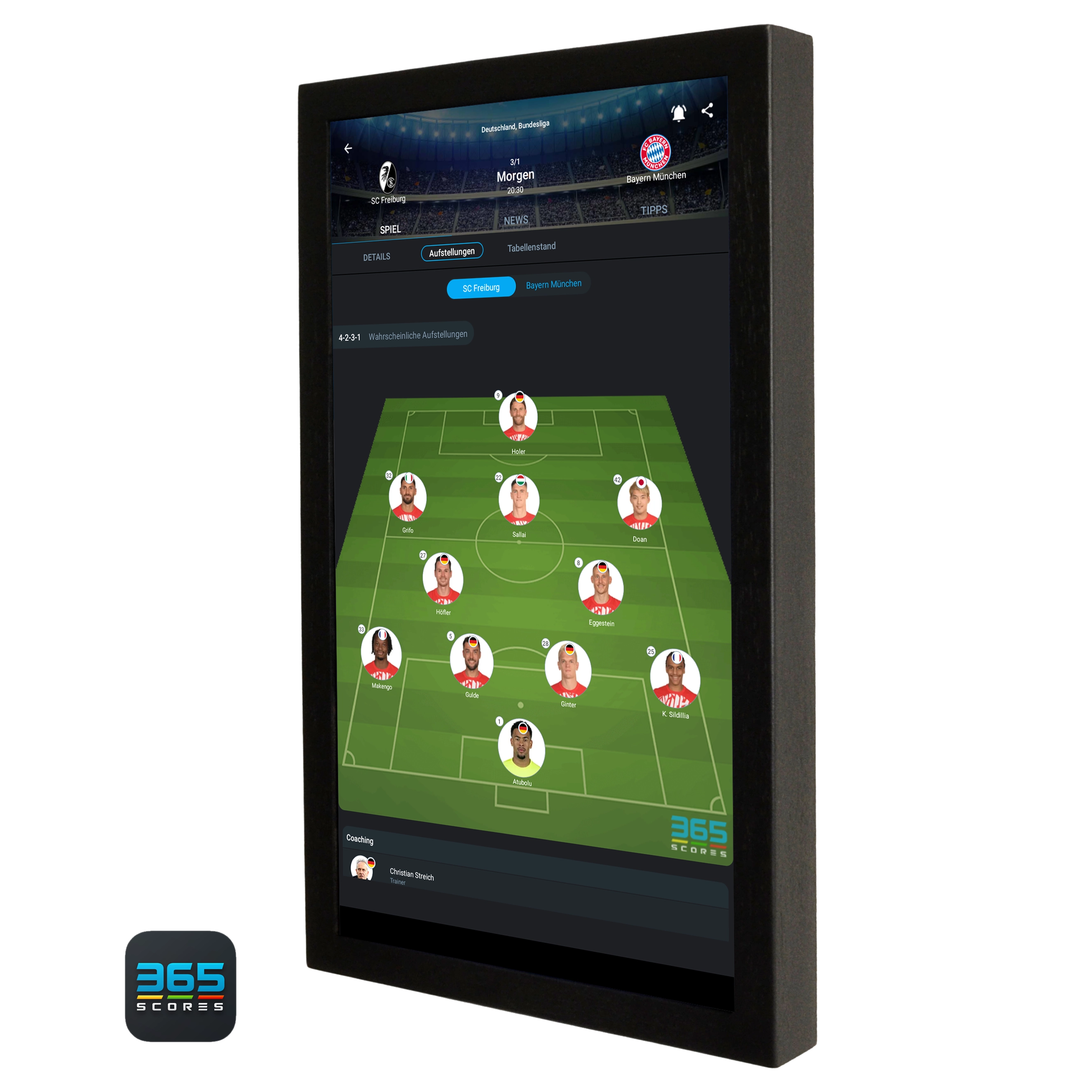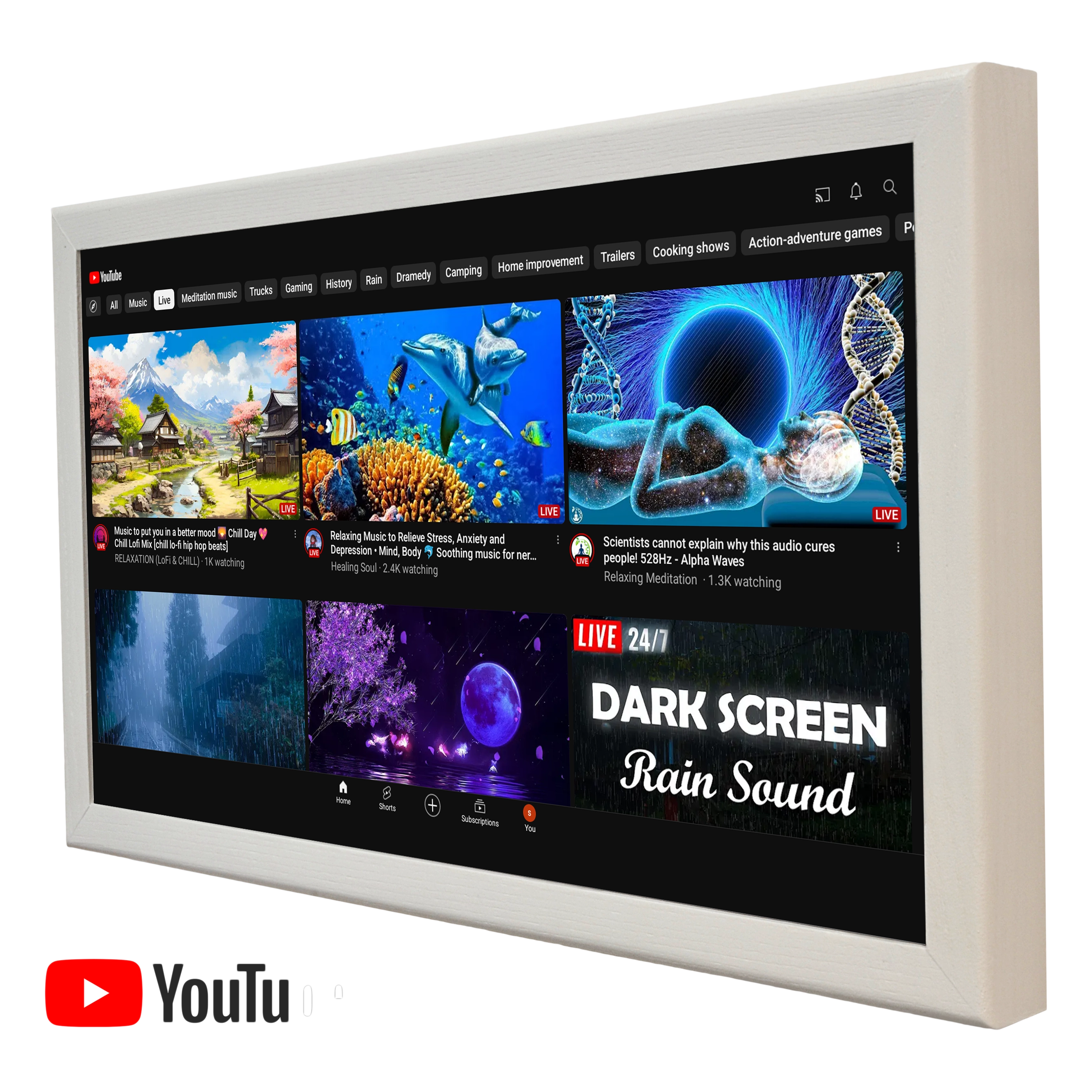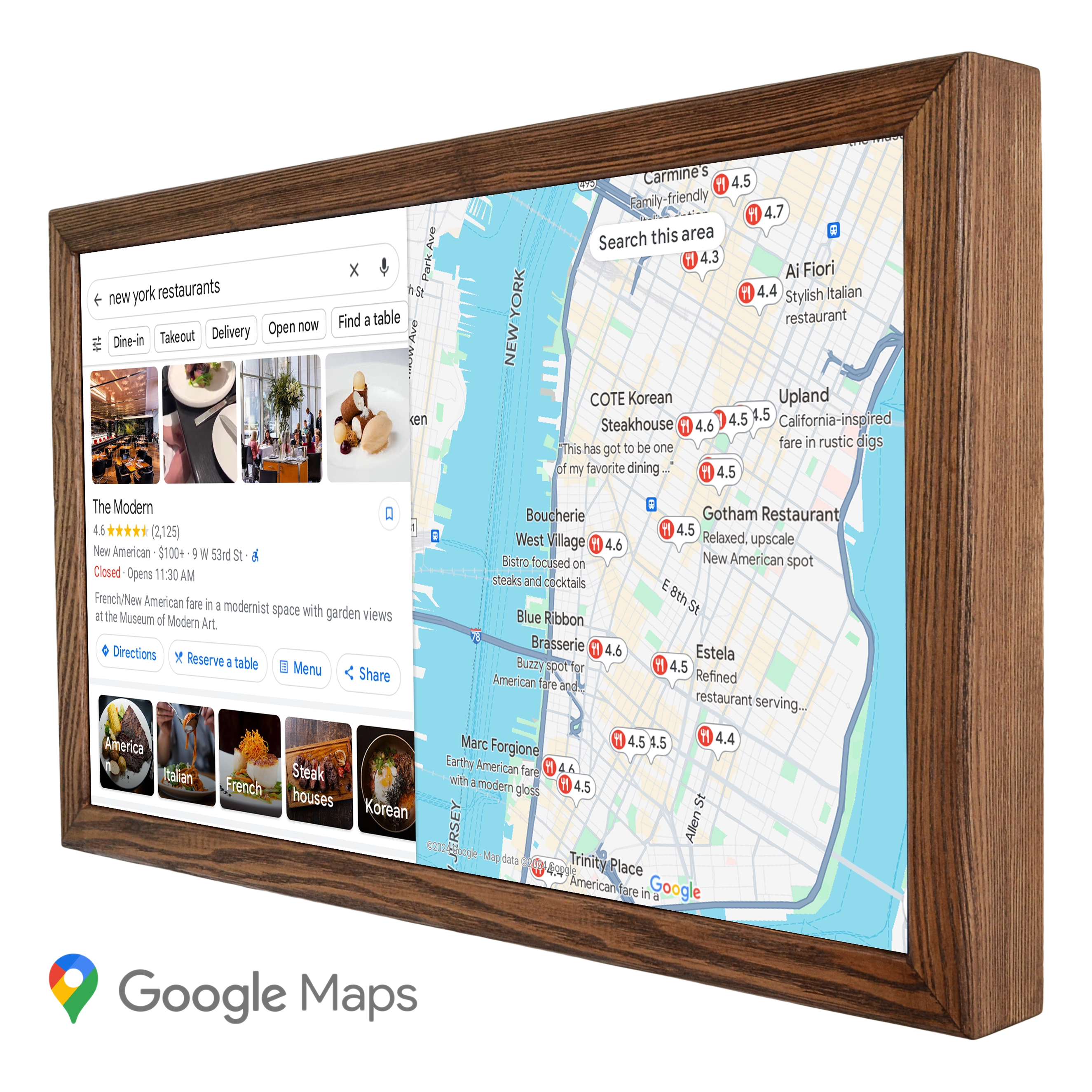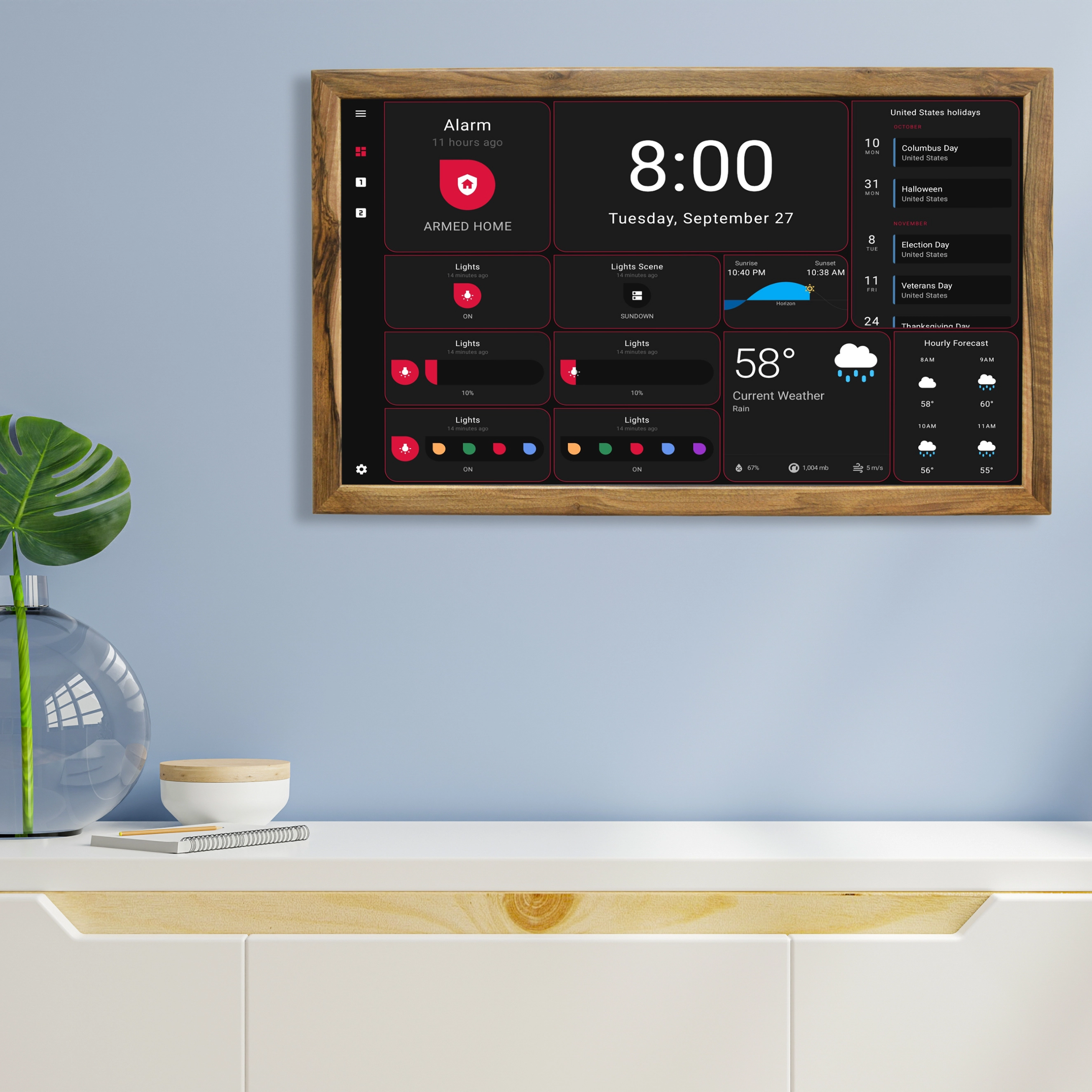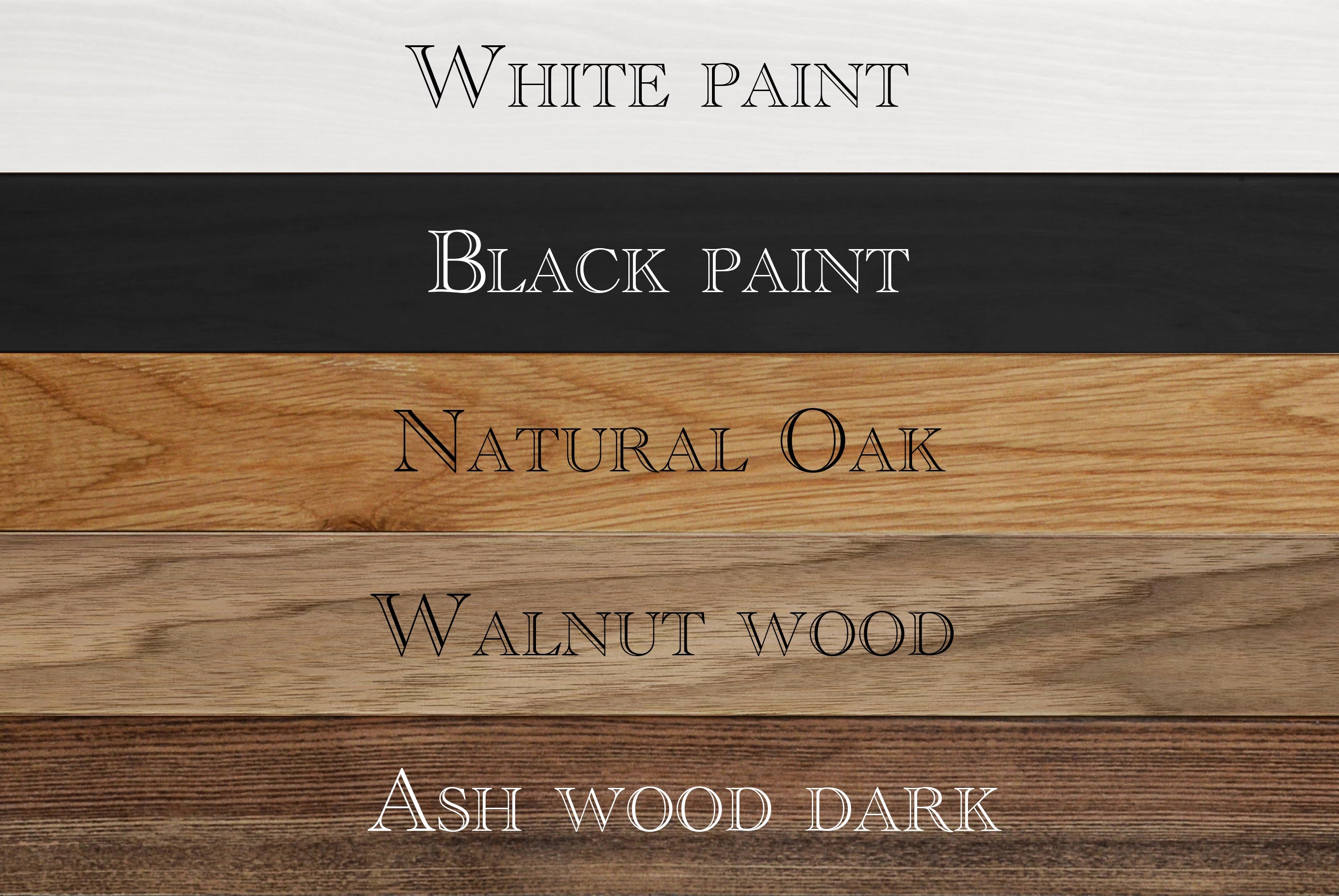The Evolution of Menus - From Paper to Pixels
In the fast-paced world of dining, menus have come a long way from the simple paper lists we once knew. Imagine a time when smudged ink and coffee stains were the norm. Fast forward to today, and we see a revolution in how restaurants present their offerings. Enter the era of digital menus, where every dish can be showcased with vibrant images and enticing descriptions on an electronic menu board.
Digital menu boards are not just a trend; they are becoming a staple in the restaurant industry. For restaurateurs, small business owners, and marketing professionals, this shift represents both a challenge and an opportunity. This blog post will guide you through the rise of digital menu boards, their benefits, key features, design best practices, and the steps to implement them effectively. Let's explore how this technological advancement is transforming the dining experience.
The Rise of Digital Menu Boards in the Restaurant Industry
The restaurant industry is no stranger to innovation, and digital menu boards are one of the most significant advancements in recent years. The shift from traditional paper menus to dynamic digital displays has been driven by several factors, including the need for flexibility, enhanced customer engagement, and operational efficiency.

Firstly, digital menu boards offer unparalleled flexibility. Unlike paper menus, which require reprinting for every update, a digital menu board solution allows users to design, edit, and manage menus easily from any computer. This cloud-based software enables restaurants to create beautiful digital menu boards, edit prices, add images and videos, and make wireless updates. This is particularly beneficial for restaurants that frequently update their offerings or run seasonal promotions.
Secondly, the visual appeal of digital menu boards cannot be overstated. High-definition images and videos of menu items can tantalize customers’ taste buds even before they place their orders. This visual stimulation can lead to increased sales, as customers are more likely to be tempted by appealing food presentations.
Lastly, digital menu boards streamline operations. They can be integrated with point-of-sale systems, making it easier for staff to manage orders and inventory. This integration can lead to faster service, reduced errors, and improved customer satisfaction.
Benefits of Digital Menu Boards for Restaurateurs and Small Business Owners
For restaurateurs and small business owners, the benefits of digital menu boards extend beyond aesthetic appeal. These electronic menu boards offer several practical advantages that can significantly impact the bottom line. Additionally, many providers offer lifetime technical support, ensuring ongoing technical assistance for setting up and troubleshooting, giving customers peace of mind and a reliable product experience.
Another significant advantage is the ability to engage customers more effectively. Digital menu boards can display not only the menu items but also promotions, advertisements, and even social media feeds. This multi-functional use keeps customers entertained while they wait and encourages them to interact with the brand online.

Additionally, digital menu boards provide valuable data insights. Restaurateurs can track which items are most viewed and ordered, allowing them to make informed decisions about menu changes and promotions. This data-driven approach can lead to more effective marketing strategies and improved customer satisfaction.
Key Features and Technologies in Digital Menu Boards
The effectiveness of a digital menu board largely depends on the features and technologies it employs. Understanding these can help restaurateurs make informed decisions when selecting and implementing digital menu boards.
One of the key features to consider is the availability of menu board templates. These pre-designed templates are customizable and cover a wide variety of food establishment types. They help businesses create visually appealing and easy-to-update digital menus, enhancing the overall customer experience.
Another crucial aspect is the menu content. Using CMS software for controlling and updating the menu content allows for remote price updates, flexible menu offerings, and effective brand promotion. Digital menu boards offer significant advantages over traditional TV menu boards, including better menu design display and advertising capabilities.
High-Resolution Displays for Electronic Menu Boards
One of the key features to look for is high-resolution displays. High-definition screens ensure that images and videos are crisp and clear, making the food look as appetizing as possible. This visual appeal can significantly influence customers' dining choices.
Interactive capabilities are also becoming increasingly popular. Touchscreen digital menu boards enable customers to browse the menu, view detailed descriptions. This level of interactivity can enhance the customer experience and streamline the ordering process.
Design Best Practices for Creating Engaging Digital Menus
Creating an engaging digital menu board involves more than just displaying food items. It’s about designing an experience that attracts and retains customers. Utilizing free digital menu design services and tools with templates and drag-and-drop editing capabilities can significantly enhance your menu design. Here are some design best practices to consider:
First, focus on simplicity and readability. Ensure that the text is large enough to be read from a distance and that the layout is not cluttered. Use a clean and consistent design with a limited color palette that complements the restaurant’s branding.
High Quality Visuals For Electronic Menus
Use professional photos and videos of the menu items to entice customers. Avoid stock images, as they can appear generic and less appealing. High-definition visuals can make a significant difference in capturing customers' attention.

Third, highlight specials and promotions. Use dynamic elements like animations or slideshows to showcase daily specials, combo deals, or limited-time offers. This not only keeps the menu exciting but also encourages customers to try new items.
Implementing Digital Menu Boards Steps and Considerations
Implementing digital menu board requires careful planning and execution. Here are the essential steps and considerations to ensure a smooth transition:
Choose the Right Equipment
Select high-quality hardware that suits your requirements. This includes screens, mounts, media players, and any necessary peripherals. Ensure that the equipment is durable and can withstand the restaurant environment, especially if placed in high-traffic areas.
By using our DAKboard's customizable digital displays, restaurants can present dynamic and visually appealing menus that highlight daily specials, promotions, and high-quality images of their dishes. The system allows for easy updates and changes, ensuring that the menu is always current without the need for reprinting. Additionally, the integration of social media feeds and customer reviews can enhance the dining experience by providing real-time feedback and interactive content. This not only improves the customer experience but also streamlines the restaurant's operations by centralizing menu management and promotional activities into a single, elegant display solution. You can find out more about our Dakboard displays in our online store.

Develop and Manage Content
Create engaging and relevant content for your digital menu boards. This includes high-resolution images, videos, and textual descriptions. A robust CMS will help you manage and update the content efficiently. Consider hiring a professional designer to ensure that the visuals align with your brand identity. Additionally, you can create and dispatch customized menu designs for new digital menus to enhance your digital menu boards.
Real-World Examples of Successful Digital Menu Board Implementations
Several restaurants have already embraced digital menu boards with great success. These real-world examples highlight the potential of digital menus to enhance both customer experience and business operations.
Quick-Service Restaurants
Fast-food giants like McDonald’s and Subway have adopted digital menu boards across their locations. These digital displays allow for quick updates to reflect changing promotions and seasonal items. The dynamic content keeps customers engaged while they wait in line, leading to increased sales of featured items. Additionally, digital menu boards enable quick-service restaurants to easily schedule breakfast, lunch, and dinner menus for specific times of the day.
Casual Dining Establishments
Casual dining chains like Applebee’s and Chili’s have implemented a digital menu board to showcase their extensive menus. The high-resolution images and interactive elements help customers browse and make informed choices, enhancing their dining experience. Additionally, these digital menus can display nutritional information, catering to health-conscious diners.
Cafes and Coffee Shops
Independent cafes and coffee shops have also benefited from digital menu boards. For example, a local coffee shop in New York City used digital screens to display real-time updates on their specialty brews and pastries. This not only kept customers informed but also created a sense of exclusivity and urgency around limited-time offerings.
The Future of Digital Menu Boards Trends and Innovations
The future of digital menu boards is promising, with several trends and innovations set to revolutionize the dining experience further. Here are a few to watch out for:
Promo boards are becoming increasingly popular as part of digital signage solutions. These boards bring menus to life with vibrant displays and customizable options, significantly enhancing customer engagement.
Interactive kiosks and TV screens are also gaining traction. Additionally, video walls are being used to maximize customer engagement and bring menus to life.
Sustainability and Eco-Friendliness
Digital menu boards are inherently more sustainable than traditional paper menus, but the future holds even more eco-friendly innovations. Solar-powered screens, energy-efficient displays, and recyclable materials are being explored to reduce the environmental impact of digital signage. This aligns with the growing consumer demand for sustainable business practices.
The Value of Embracing Digital Menu Boards
By following best practices in design, implementation, and content management, you can create engaging and effective digital menu boards that captivate your customers. The future of dining is digital, and now is the perfect time to make the transition.
Ready to transform your restaurant's menu experience?
Get started today with our comprehensive guide and expert services to design and implement your digital menu boards. Join the ranks of successful restaurateurs who have already embraced this innovative technology and start reaping the benefits. Cheers to a brighter, more digital future for your restaurant! Let's continue to explore the endless possibilities and opportunities that digital menu boards bring to the table. Remember, staying ahead of the curve and adapting to changing consumer preferences is essential in any industry, but especially in the competitive world of dining.
How much sales can the digital menu boards increase?
In fact, studies have shown that digital menu boards can increase sales by up to 5%, reduce perceived wait times for customers, and even decrease food waste. They also offer the convenience of real-time updates and promotions, reducing printing costs and waste associated with traditional menus.
So don't be skeptical - take an analytical approach and see the potential for growth and innovation that digital menu boards can bring to your dining establishment. Stay ahead of the curve and watch as your business thrives in the ever-evolving world of digital technology. Keep exploring, keep adapting, and keep serving up amazing experiences for your customers with the help of digital menu boards. The possibilities are truly endless, so why wait? Start making the switch today and set yourself apart from the rest. Your customers (and your bottom line) will thank you!
Challenges when implementing electronic boards
As you continue to delve into the world of digital menu boards, it's important to also consider the potential challenges and drawbacks. While they offer many benefits, there are also concerns regarding data privacy and security. It's crucial to choose a reputable provider and take necessary precautions to protect sensitive information.
In addition, some may argue that traditional menus have a certain charm and nostalgia that cannot be replicated by digital screens. However, with constantly evolving technology and consumer preferences, it's important for businesses to adapt in order to stay relevant.
Now that you have a deeper understanding of digital menu boards and their potential impact on your restaurant, it's time to take action. Start by researching different providers and technologies available in the market. Look for features that align with your business needs and budget. Don't be afraid to reach out to other restaurant owners or industry experts for recommendations and advice.
In summary, embracing innovative technologies like digital menu boards is crucial for success in the rapidly changing restaurant industry. With a strategic approach and a willingness to adapt, these digital displays can help enhance customer experience, increase sales, and give your restaurant a competitive edge. Don't let the fear of change hold you back - take the leap and see the positive impact digital menu boards can have on your business. Keep experimenting, stay informed, and always be open to new opportunities for growth and improvement. Good luck!
